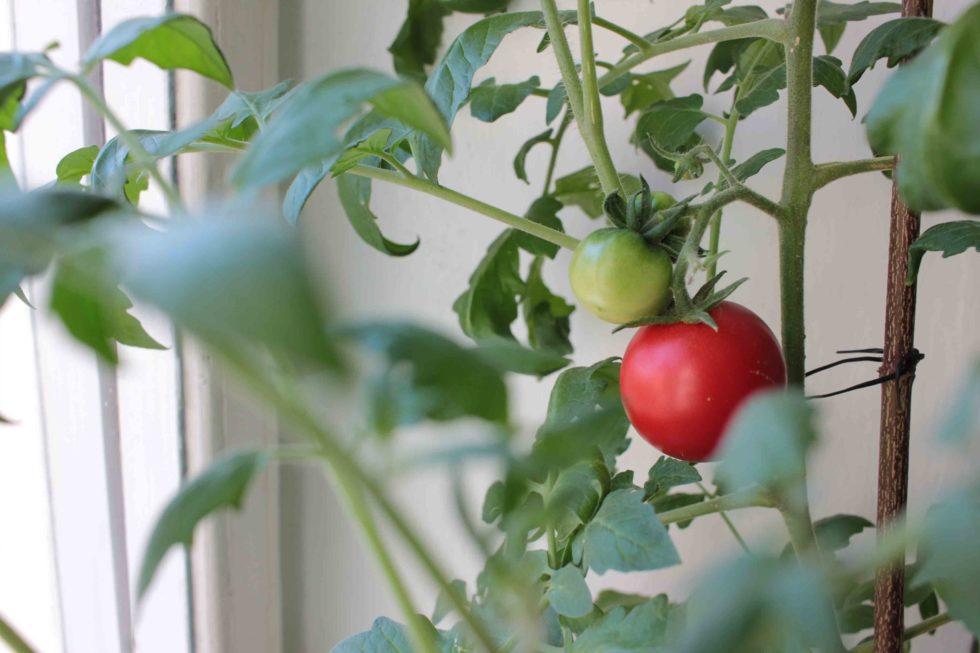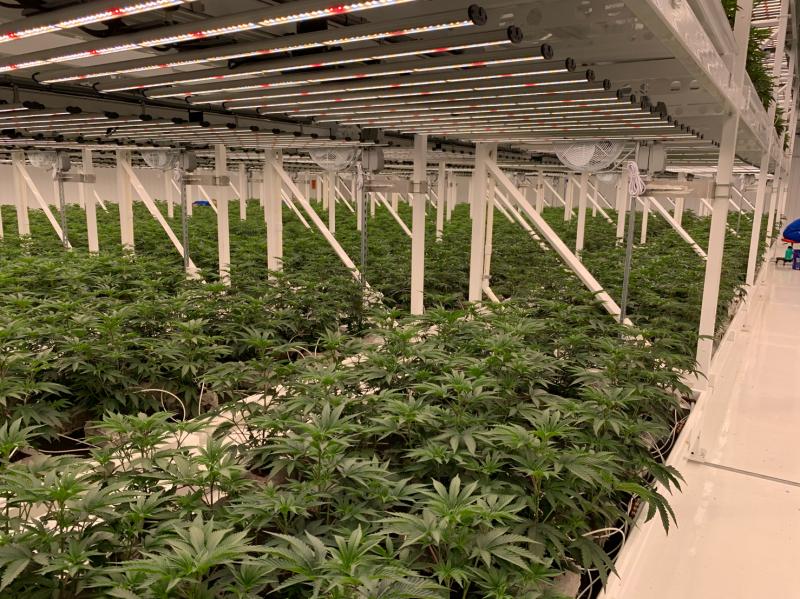Grow Better Tomatoes with Full-spectrum LED Grow Lights
Growing Tomatoes Indoors
Growing vegetables all year long can be quite a challenge, especially if you live in an area that doesn’t have “Summer” all the time. For hobbyist tomato farmers and commercial tomato growers, lighting is one of the main components.
Tomatoes need at least 6 to 8 hours of sunlight a day. This sunlight can be natural or artificial. In most locales, artificial lighting will be necessary to meet the 8 hours of daylight for tomatoes to be grown year-round.
Not all artificial light is created equal
Fluorescent – less expensive, at least initially.
These types of grow lights are generally less costly than other types. However, fluorescent light fixtures don’t provide the sun-replicating full spectrum light needed for tomato plants. Not only will this choice of fixture yield fewer tomatoes, but it will also consume more energy and investment when the bulbs need replacing.
HID (high-intensity discharge) – better yield than fluorescent but energy-hungry heat machines.
There are two subcategories in the HID grow light (HPS – high-pressure sodium; MH – metal halide), and because they provide only one color in the spectrum, both kinds are required at different stages of a plant’s growth cycle. Switching requires a redundant set of fixtures or changing the bulbs when the crop enters a new growth stage. These lights are powerful and require specific rigging and fixtures. HID bulbs need replacing more frequently, which adds to the overall cost.
LED Grow Lights – worth the investment.
LED grow lights are more cost-efficient in the long run since they use the least amount of electricity. Because they don’t burn a gas to create heat, they are much cooler than fluorescent or HID. The light wavelengths are fuller and contain both red and blue lights, yielding more tomatoes per plant. These fixtures utilize light emitting diodes and require little to no maintenance over the course of a long service life.
LED Grow Lights – looking deeper
LED Grow lights with higher color temperatures (5000-6500K) provide the full light spectrum and promote all vegetative growth stages. Grow lights with lower color temperatures (2500-3000K) encourage flowering and are often used when the plant develops fruit. Tomatoes need both red and blue light to grow and produce fruit.
Blue Spectrum Light
Blue light is vital for the vegetative phase of the tomato plants, during which they grow their leaves and stems. It also increases the mass and yield of tomato plants, but excess blue light causes the plant to be counterproductive. Tomato plants grown exclusively under blue light causes a reduction in photosynthesis.
Red Spectrum Light
Tomatoes need more red light than blue light. Red light is used more efficiently by tomato plants, and they need a large quantity of it during the flowering growth period. Tomatoes depend on the red light for the amount and quality of their flowers. Red light instills tomato plants to become more resistant to disease and environmental stress.
When growing tomatoes under full-spectrum lighting, make sure the red-light ratio is higher than the blue light. Remember that the “full-spectrum” of lighting mimics the sun’s natural lighting, and healthy tomatoes need the full artificial spectrum of light.










